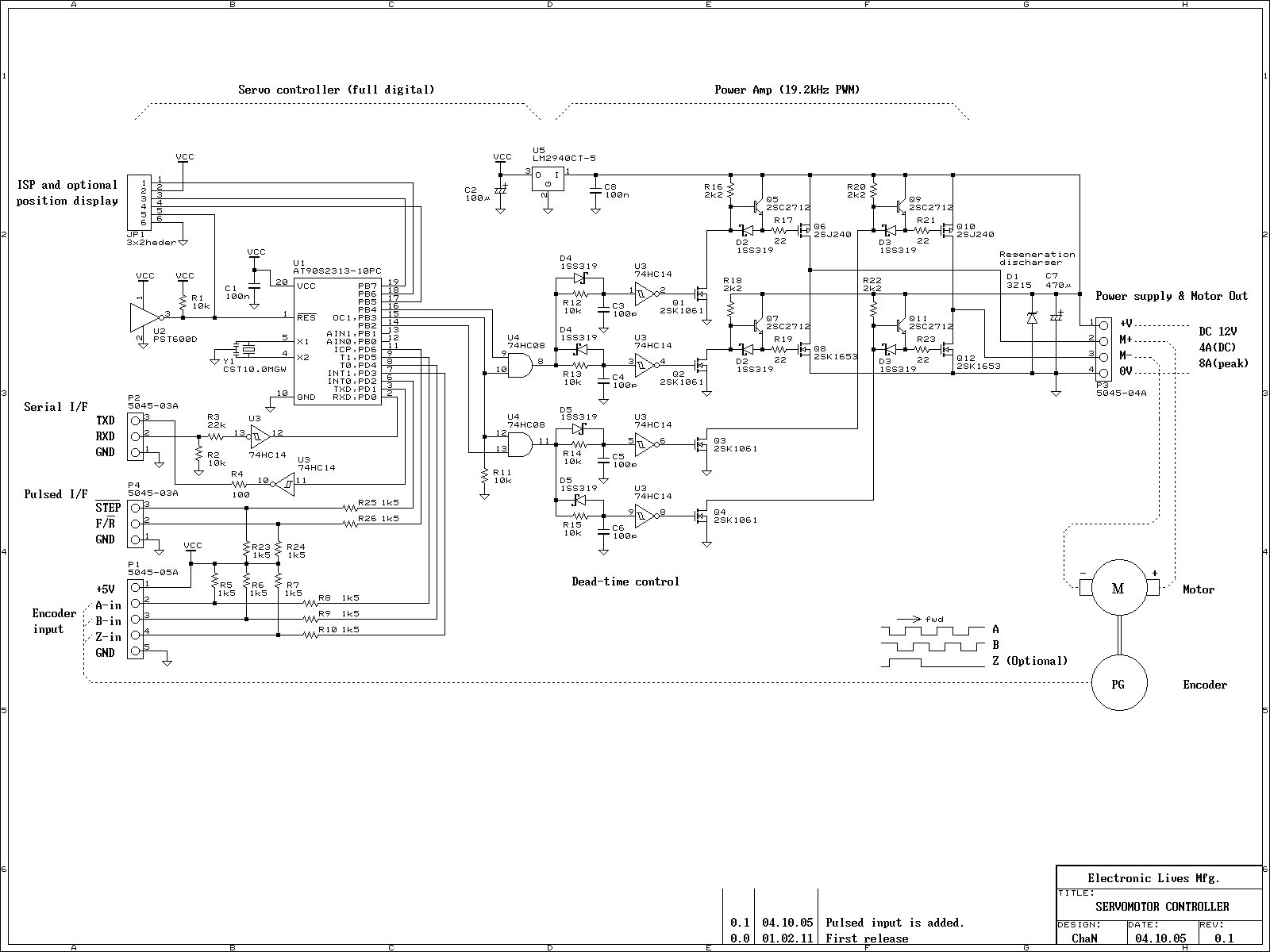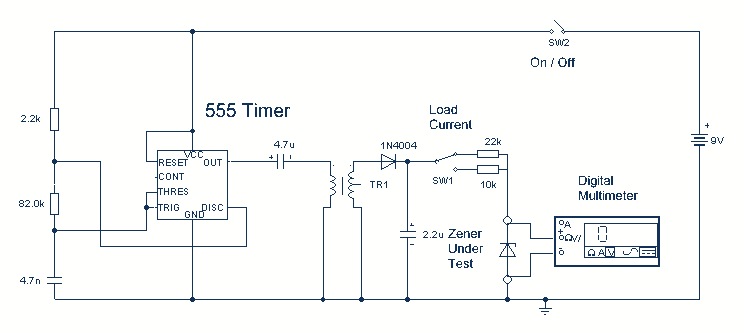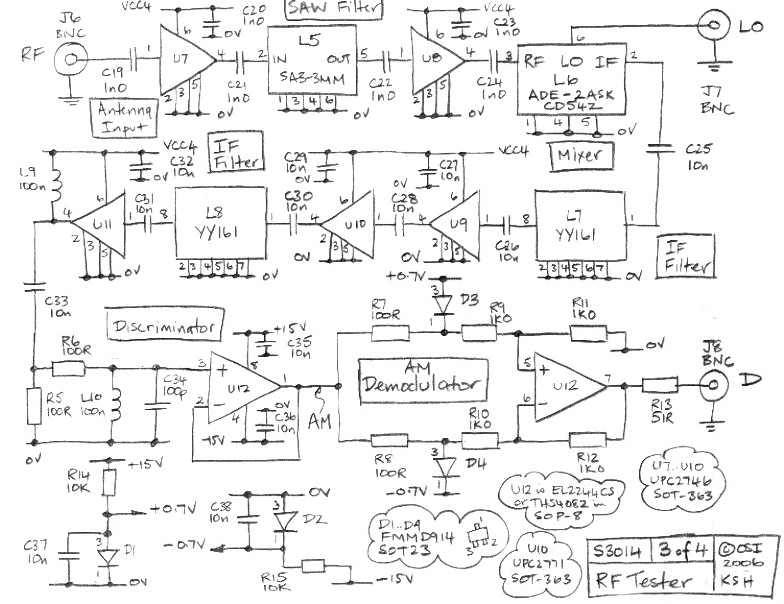
how to test servo servo tester simple

If you have a servo and you want to test it but do not have a remote control or a dedicated tester, you can create a simple schematic for a servo tester. This circuit is based on a 555 timer and is inexpensive to construct, functioning effectively for its intended purpose. Additional schematics for servo testers will also be provided. Furthermore, this circuit can be utilized to test low-current brushless electric motors.
The servo tester circuit utilizes the 555 timer IC in astable mode to generate a pulse-width modulation (PWM) signal, which is essential for controlling the position of the servo motor. The basic configuration includes a 555 timer, resistors, capacitors, and a power supply, typically ranging from 5V to 12V, depending on the specifications of the servo being tested.
The 555 timer is configured to produce a square wave output that varies in duty cycle, allowing the user to adjust the pulse width. This adjustment is achieved by modifying the resistance values of the connected potentiometer and resistors, which in turn changes the timing of the output signal. The output from the 555 timer is connected to the control wire of the servo, while the power and ground terminals are connected to the respective power supply.
For the construction, a standard 555 timer IC (such as the NE555) is used, along with two resistors and a capacitor to set the frequency and duty cycle of the output signal. A potentiometer can be included to allow for easy adjustments. The circuit is designed to be compact and can be assembled on a breadboard or a printed circuit board (PCB) for more permanent applications.
This servo tester circuit is not only effective for testing standard servos but can also be adapted for use with low-current brushless electric motors. By connecting the motor in place of the servo, the same PWM signal can be used to control the motor's speed and direction, making this circuit versatile for various applications in robotics and model control systems.If you have a servo and you wan`t to test it and you do not have a remote control to do that, or want a tester to test it you can try making the following schematic of servo tester. You can se is based on a 555 timer. The circuit is very simple and cheap to make and it will work just fine. I will post other schematics of servo testers. You can al so use this circuit to test low current brushless electric motors. 🔗 External reference
The servo tester circuit utilizes the 555 timer IC in astable mode to generate a pulse-width modulation (PWM) signal, which is essential for controlling the position of the servo motor. The basic configuration includes a 555 timer, resistors, capacitors, and a power supply, typically ranging from 5V to 12V, depending on the specifications of the servo being tested.
The 555 timer is configured to produce a square wave output that varies in duty cycle, allowing the user to adjust the pulse width. This adjustment is achieved by modifying the resistance values of the connected potentiometer and resistors, which in turn changes the timing of the output signal. The output from the 555 timer is connected to the control wire of the servo, while the power and ground terminals are connected to the respective power supply.
For the construction, a standard 555 timer IC (such as the NE555) is used, along with two resistors and a capacitor to set the frequency and duty cycle of the output signal. A potentiometer can be included to allow for easy adjustments. The circuit is designed to be compact and can be assembled on a breadboard or a printed circuit board (PCB) for more permanent applications.
This servo tester circuit is not only effective for testing standard servos but can also be adapted for use with low-current brushless electric motors. By connecting the motor in place of the servo, the same PWM signal can be used to control the motor's speed and direction, making this circuit versatile for various applications in robotics and model control systems.If you have a servo and you wan`t to test it and you do not have a remote control to do that, or want a tester to test it you can try making the following schematic of servo tester. You can se is based on a 555 timer. The circuit is very simple and cheap to make and it will work just fine. I will post other schematics of servo testers. You can al so use this circuit to test low current brushless electric motors. 🔗 External reference





